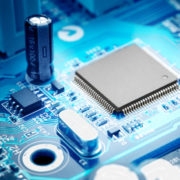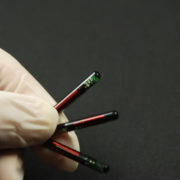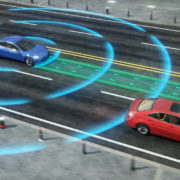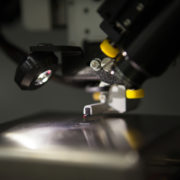ASIC: Diving into Industrial Applications
ASIC technology allows for the integration of required functionality to pave way for next generation designs. It also allows full customization of the design according to usage and specification. Besides that, Application Specific Integrated Circuits are lower power, high reliability, and difficult to copy.
ASICs are designed to carry out a specific task for a specific application. Since its development, many industries now depend on ASICs.
Common ASIC Industrial Applications
- Manufacturing and process automation
- Human/machine interface
- Sensor interface
- Home automation
- Building automation
- POS and Terminals like touchscreen, barcode scanners, and magstripe
- Power monitors
- Gas sensors
- Power sensors
- Precision timers
- Ultrasonic sensor drivers
- LED drivers
- Vibration and motor sensors
- Movement sensors
- Speed and position sensors
- Chemical sensors
- Tags and RFIDs
- GaN and laser drivers
- And so much more
https://linearmicrosystems.com/ develops and manufactures ASICS for various industrial applications. And with over 20 years of experience in the business, the team offers provides solutions to all your ASIC needs.
Reasons why use an ASIC
- Autonomy with lower internal components, less or lower power consumption, and better power management control.
- Your device is fully protected from cyber-attacks that will compromise safety and data security. With an ASIC designed specifically for your application, the solution is also designed with firmware and security boot, authentication, and attack protection.
- Using ASIC means optimization of performance according to your specifications. Besides, it is designed for specific regulatory compliance. https://linearmicrosystems.com/ adds functionalities that meet your ASIC needs.
- ASIC reduces product weight and size.
For all your ASIC application needs, https://linearmicrosystems.com/ offers a multitude of ASIC designs and applications:
- Communications like transceivers, telecommunications, WIFI, optical
- Video such as laser drivers and laser micro projection
- Audio like amplifiers and signal processing
- Automotive such as linear position sensors and hall rotary sensor
- Sensors include touchscreen processing, temperature, infrared, moisture, pressure, magnetic, and inductive proximity
- MEMS include drivers and controllers
- Power Management for power supply, low power, high voltage, and more
- Medical ASICS design and application include ultrasound, pain management, and glucose monitoring
- Display designs include LED, LCD, and OLED
- Signal Processing and Control include digital and analog filters, synchronous detection, frequency synthesis, and more
- Military design and application like Mems Avionics and 1553 bus transceiver and protocol,
- Industrial Control
- Motor
- ATE ASICS for power management, data acquisition, and PIN driver.
For all your simple to complex ASIC needs, https://linearmicrosystems.com/ will make the task easier for you. You can submit your ASIC specifications and we will give you a quotation at no cost.
After clicking here, whether you will perform the design or participate in the design process, Linear will make it possible for your business.
Linear MicroSystems, Inc. is proud to offer its services worldwide as well as the surrounding areas and cities around our Headquarters in Irvine, CA: Mission Viejo, Laguna Niguel, Huntington Beach, Santa Ana, Fountain Valley, Anaheim, Orange County, Fullerton, and Los Angeles.












